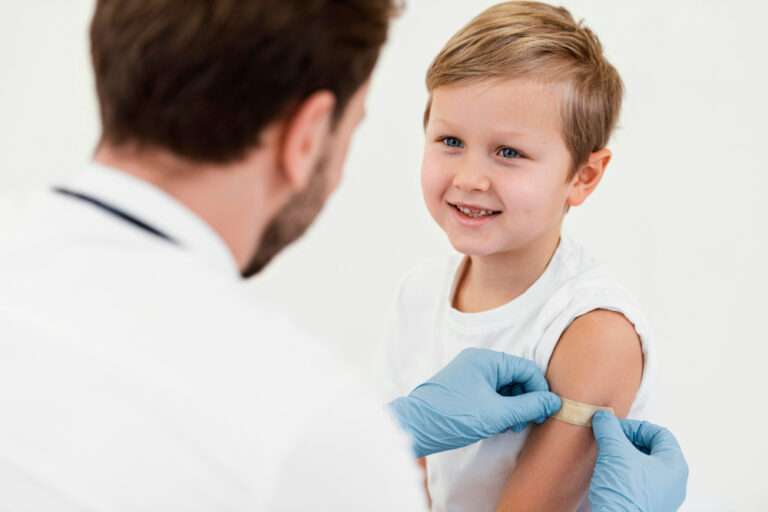Protein-Energy Malnutrition (PEM) in children
Protein-Energy Malnutrition (PEM), also known as undernutrition, is a serious condition that occurs when a child’s diet lacks adequate protein, calories (energy), or both. It’s a prevalent global health issue, particularly in low-income and resource-limited regions. There are two primary forms of PEM in children:
- Kwashiorkor: This type of PEM occurs when a child’s diet lacks sufficient protein, despite an adequate calorie intake. It often presents with symptoms like edema (swelling due to fluid retention), skin and hair changes, and liver enlargement. Kwashiorkor typically occurs in children weaned from breast milk, with a diet high in carbohydrates but low in protein.
- Marasmus: Marasmus results from severe deficiency in both protein and calories. Children with marasmus tend to appear emaciated, with extreme wasting of muscle and fat tissue. The symptoms may include dry, wrinkled skin, protruding bones, and extreme weakness.
Here are key points about Protein-Energy Malnutrition in children:
Causes:
- Inadequate Diet: The primary cause is a diet lacking in essential nutrients, particularly protein and calories. This can be due to poverty, food scarcity, or limited access to nutritious food.
- Infections: Infections such as diarrhea, respiratory illnesses, and parasites can increase nutrient needs and reduce nutrient absorption, contributing to PEM.
- Lack of Breastfeeding: A lack of exclusive breastfeeding during the first six months of life can increase the risk of PEM.
- Weaning Practices: Inappropriate or early weaning from breast milk to a diet that lacks essential nutrients can contribute to PEM.
Symptoms: The symptoms of PEM can vary depending on the severity of the condition, but common signs include:
- Weight loss and wasting: A child with PEM will often be underweight and may have a visible loss of muscle and fat tissue.
- Edema: Swelling, typically in the feet and legs, is a common sign in Kwashiorkor.
- Irritability and apathy: Children with PEM may be lethargic, irritable, and less active.
- Hair changes: Hair may become thin, brittle, and discolored.
- Skin changes: Dry, flaky, and discolored skin is common.
- Susceptibility to Infections: Children with PEM are more vulnerable to infections and may experience more severe illness.
Complications: PEM can lead to severe health complications, including:
- Weakened Immune System: PEM can make children more susceptible to infections and slow down the healing process.
- Growth and Developmental Delays: PEM can stunt growth, both physically and cognitively.
- Organ Damage: In severe cases, PEM can lead to damage to vital organs such as the heart, liver, and kidneys.
Treatment: Treatment involves addressing the underlying causes and providing adequate nutrition:
- Refeeding: Slowly reintroducing calories and nutrients to the child’s diet to prevent refeeding syndrome, which can be life-threatening.
- Management of Infections: Treating any infections the child may have.
- Nutritional Rehabilitation: Providing a balanced diet rich in protein and calories to support growth and recovery.
- Supplements: In some cases, micronutrient supplements may be necessary to address specific deficiencies.
Preventing PEM in children involves promoting breastfeeding, ensuring access to nutritious food, and addressing the social, economic, and healthcare factors that contribute to malnutrition. Early diagnosis and intervention are crucial for the successful treatment of PEM and for preventing long-term health complications in affected children.
------------From our Sponsors------------









